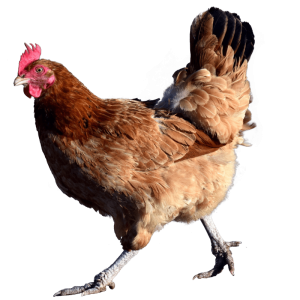[ad_1]
As the bird flu pandemic claims a child fatality in Cambodia, an expert at University of East Anglia in emerging zoonotic diseases calls for vigilance and development of a human vaccine to protect those working closely with poultry.
The UK government says that the scale of avian influenza outbreaks across the UK and Europe have been unprecedented, with cases being confirmed into the second year of an outbreak for the first time. The UK has faced its largest ever outbreak of bird flu, with over 320 cases confirmed across the country since late October 2021 (as of February 2023).
The Avian Influenza Prevention Zone (AIPZ) was introduced in November 2022 to make it mandatory to keep poultry indoors. The AIPZ means that all bird keepers need to take extra precautions, such as restricting access for non-essential people on site, ensuring workers change clothing and footwear before entering bird enclosures and cleaning and disinfecting vehicles regularly to limit the risk of the disease spreading.
However, Prof Diana Bell, from UEA’s School of Biology, says further measures should be taken.
Prof Bell was the first to predict a pandemic following the discovery that avian virus H5N1 had killed three rare Owstons civet cats in a zoo in Vietnam in 2005. She said at the time that the spread to mammals was concerning.
Now she warns that the virus is widespread in poultry globally and jumping to a new range of animals, including humans.
Sir Jeremy Farrar, a former member of Sage and Chief Scientist designate of the Word Health Organization, said the avian H5N1 virus posed the biggest current pandemic threat to the world after Covid. He is calling for development of a human vaccine for the disease to avert a disaster.
Prof Bell agrees with the need for a vaccine.
“Today’s news (Feb 2023) that a child has died in Cambodia is very sad and worrying, and I hope it is an isolated case. But we must understand that this virus has already been found to spread to and kill many mammals, from porpoises to bobcats and grizzly bears.
“More intensive testing of dead birds and mammals is required to track the H5N1 genotype(s) responsible for these and the human case,” she added.
[ad_2]
Source link



